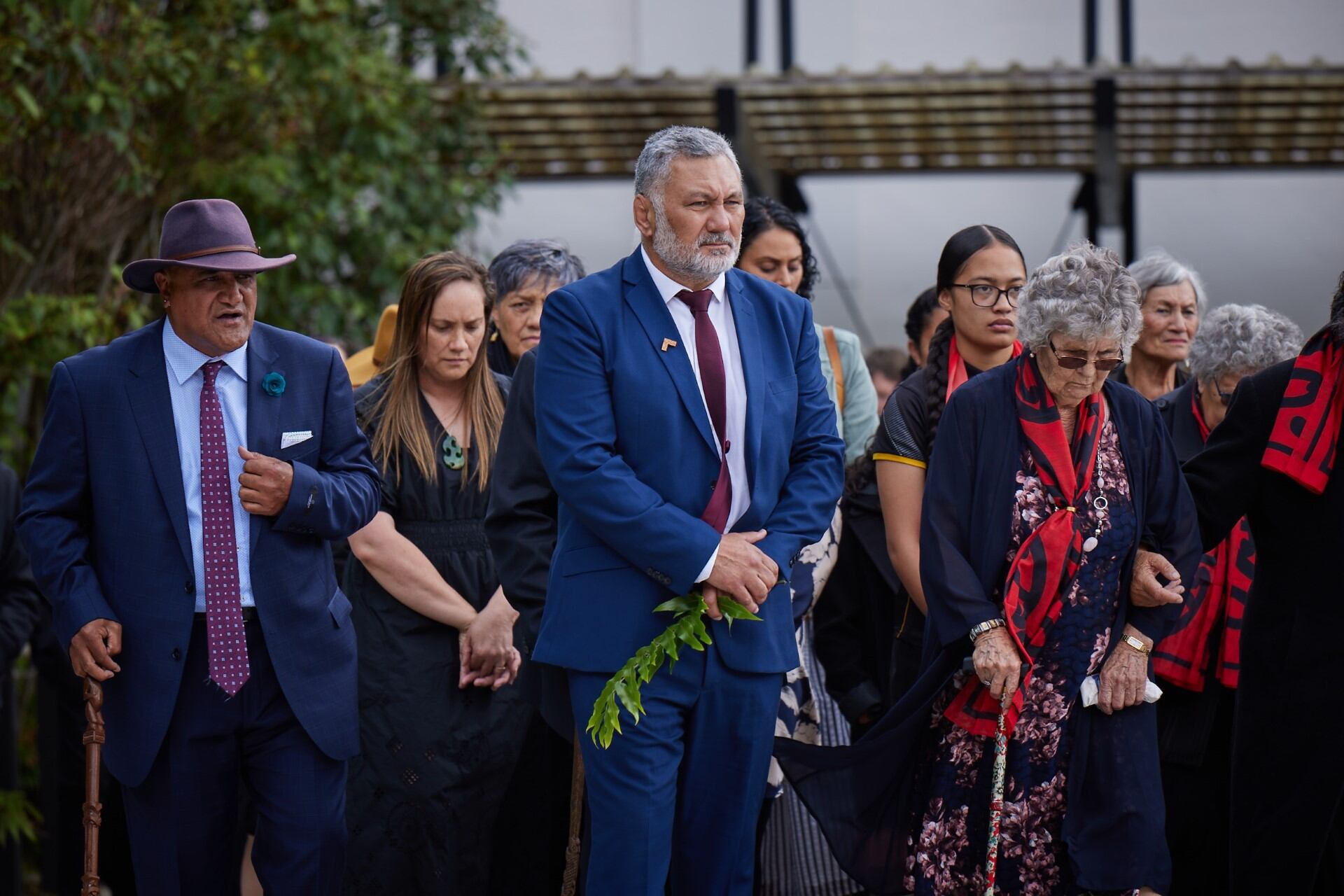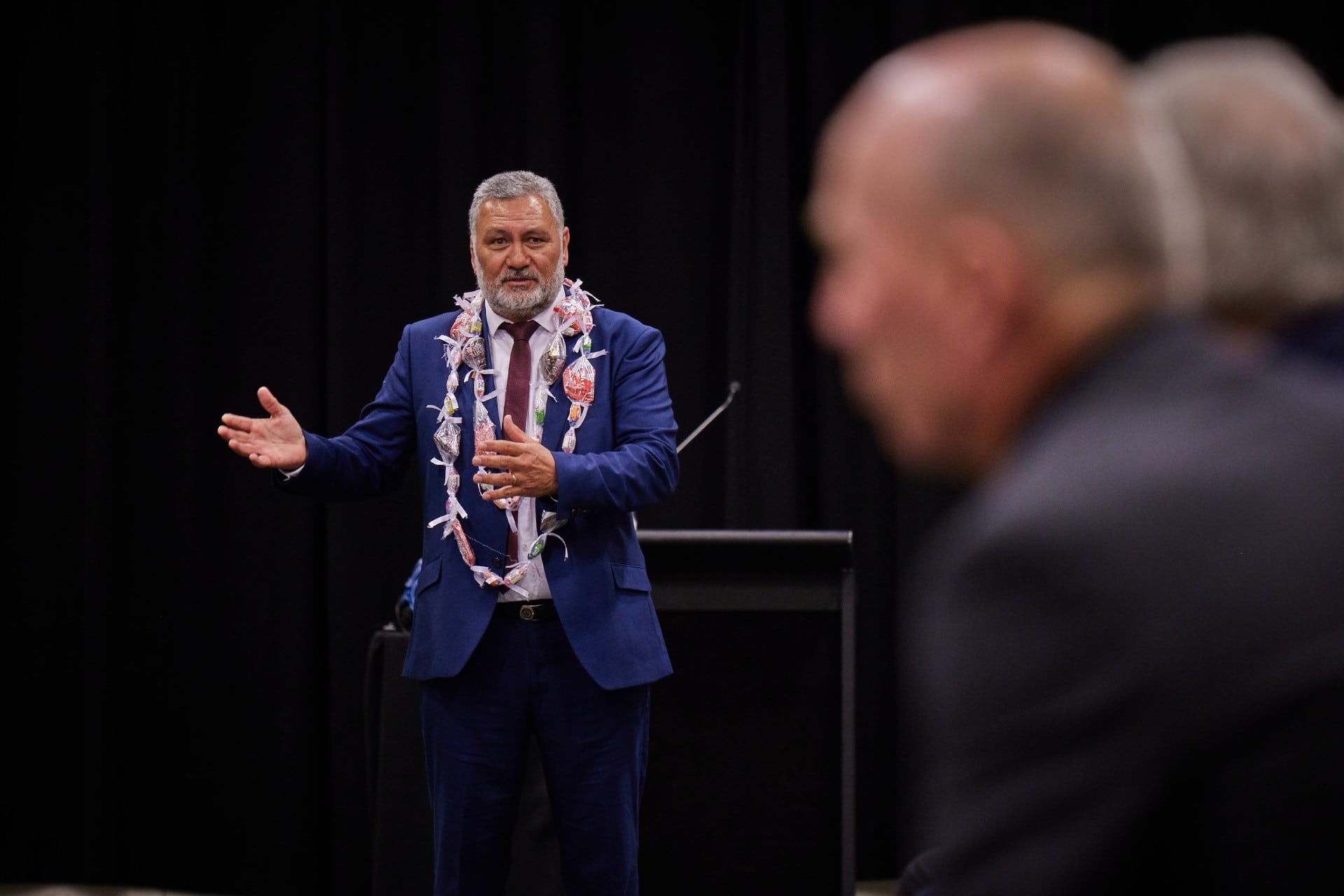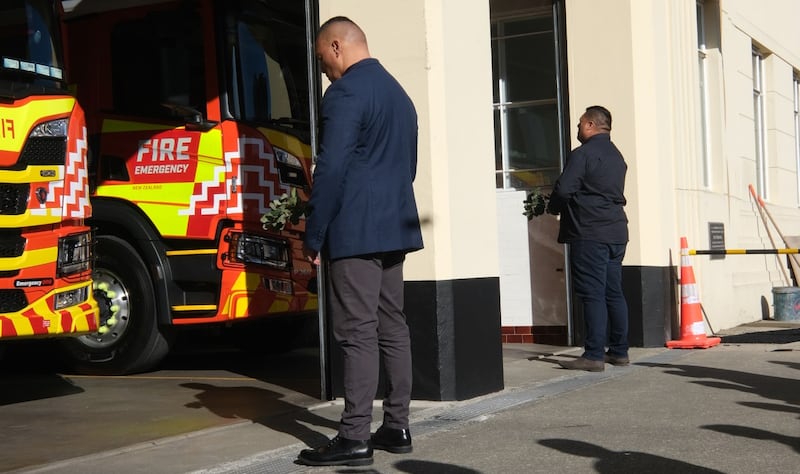Piki Thomas has seen a lot of pain and death during his 35-year firefighting career.
He’s done pretty much every job in the service while working his way up the ladder.
His new role, deputy chief executive for the kaupapa Māori and cultural communities branch of Fire and Emergency NZ, is an area that Thomas is more than comfortable to be leading.
“I lead the organisation’s commitment to working with Māori as tangata whenua in that we continue recognising iwi and Māori as community leaders with an important role to play in preventing fires and other emergencies,” Thomas said.
“A focus of the branch is strengthening our understanding of the significant role that Māori play across community resilience, emergency management and what it means for us as an organisation to keep Māori communities safe. From this understanding we build capability and confidence to work more effectively with Māori.
“The branch will also help us to understand and respond to the needs of a wider pool of cultural communities that enrich our country’s cultural fabric when they choose Aotearoa as their home.”

Thomas’ role was established last year when Kerry Gregory Gregory (Ngāti Maru) was appointed new CEO and Thomas was appointed.
“Fire and Emergency New Zealand have always recognised the importance of our mahi and the status of Māori as tangata whenua and the importance of Māori communities as key stakeholders and partners in risk reduction,” Thomas said.
“Māori communities are overrepresented in the rates of fire-related deaths and injuries compared to non-Māori, and that needs to change.
“Our chief executive also has prioritised Kaupapa Māori and is focused on building the organisation’s cultural capability to respond in the best way possible to our Māori communities and how Kaupapa Māori can support culture change within our organisation.”
While Thomas’ role has a new title, the kaupapa is still the same and this approach will benefit all ethnic communities.
“This leads to more respectful and effective interactions with Māori and other cultural communities during emergency response and community engagement activities. It also helps to improve service delivery by understanding and addressing the unique needs and perspectives of different communities.
More inclusive culture
“Embracing kaupapa Māori and diverse cultural perspectives can encourage continuous learning and growth within Fire and Emergency. Also, by promoting Māori culture and engaging with various cultural communities, Fire and Emergency can contribute to a more inclusive and diverse organisational culture, which can foster an environment where all individuals feel valued and represented. Our mahi also directly contributes to Eke Taumata, our journey to a more positive workplace culture.
“Kaupapa Māori values and principles can be also built into traditional knowledge systems which provide innovative ways to consider work processes and solutions, relationship management, and approaches to various challenges.”
Thomas has been a career firefighter.

“I have served over 35 years in the New Zealand Fire Service/Fire and Emergency. During that time, I have been an operational firefighter, a fire safety officer, a 111 communications centre operator, first pou takawaenga Māori / Māori liaison officer and up until recently was the pou herenga Māori/ national manager kaupapa Māori.
“Over my time we have seen significant improvements to the understanding and acceptance of kaupapa Māori within the organisation. These changes are both internally initiated and or in response to the needs of the communities we serve. Either way, they serve to improve the outcomes for whānau and wider community.
“Initiatives such as bilingual signage on fleet and property to support the country’s efforts to revitalise te reo Māori, our recognition of Matariki and taking that opportunity to remember our people who have passed throughout the year, adopting Te Aho Tapu, our cultural capability programme through to developing and delivering appropriate services for kura, kōhanga, kaumatua, marae.”
Last month, Fenz blessed a number of new appliances in Christchurch - a tradition not all firefighters appreciate.
Culturally capable
“By improving our understanding and use of te reo Māori and tikanga, we’re culturally capable in our readiness, risk reduction, response, and recovery operations. This means we can protect life, prevent damage to our environment and protect these taonga which many Māori have a close connection to,” Thomas said.
“With 9.4 per cent of our front-line officers identifying as Māori, we know that for them and many others, the inclusion of tikanga Māori is becoming an expected and normal way of doing business.”
Thomas said taking a kaupapa Maori approach to their day-to-day work would help firefighters in their jobs.
“Firefighters support our communities of Aotearoa New Zealand. We place equal importance on working with our communities to reduce risk and we can only do that by understanding the communities we serve. Māori communities are disproportionately affected by unwanted fires, and that needs to change.
“We can help to change that by understanding our Māori communities better. Māori and iwi are key stakeholders and vital partners in building community resilience and informing emergency response. By having a basic awareness and understanding of kaupapa Māori, our people can do their job to the best of their ability by minimising harm during emergencies as well as building relationships for effective risk reduction,” Thomas said.
Building resilience
“We recognise the breadth and severity of incidents that our people can be faced with. Accordingly, the ways of building resilience and providing support to our people also needs to reflect the diversity of our workforce. So, we offer culturally appropriate support to all who think it will make a positive difference to support their mental, emotional, spiritual, physical and belonging.
“As a Crown entity, we also have a responsibility to honour and give effect to the Crown’s te Tiriti o Waitangi responsibilities, including building strong relationships with tāngata whenua to improve outcomes for Māori communities.
“We’re wrapping up the pilot for our cultural competency framework, which we’ve called Te Aho Tapu, representing the sacred thread that lays the foundations when weaving korowai and kākahu.
“Te Aho Tapu allows our people to assess their level of cultural capability and then access a range of resources and courses to improve. Regarding emergency response, Te Aho Tapu will support our firefighters to develop kaupapa Māori skills such as an understanding of tikanga and te reo which they can use when responding.”


